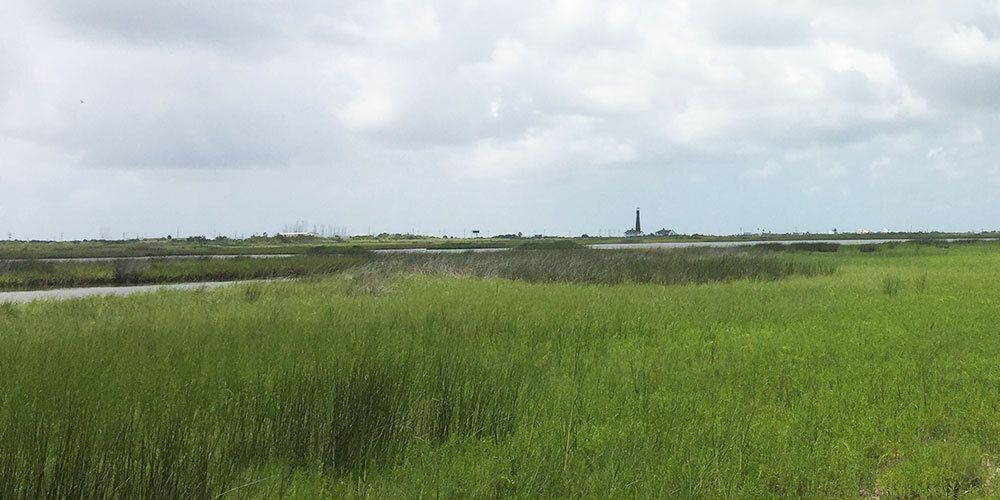Our Position on Large-Scale Aerial Spraying
Houston Audubon has grave concerns about plans to kill mosquitoes by aerial spraying large areas of southeast Texas, and southwest Louisiana with the insecticides, permethrin and dibrom.
The two insecticides to be used each pose risks to people, and all animals who inhabit the large, sensitive wetlands and aquatic ecosystems that would be affected by massive spraying from airplanes.
Aerial spraying of anti-larval insecticides, such as BT, is acceptable, and safe, and poses no risk of fish toxicity. Fish toxicity is a prevalent risk of permethrin and dibrom. These pesticides will be inhaled and ingested by all wildlife in the food chain, including birds. Humans will also ingest and inhale these substances.
Houston Audubon urges authorities to use, as an alternative, localized spraying, in the areas where crews are working. This method is most effective when done around midday, and in areas of ditches and culverts.
Strong northerly winds from cold fronts will blow mosquito populations away from the area. These fronts are likely at this time of year.
The unwise and destructive aerial spraying of permethrin and dibrom have not been shown to be very effective, and are aimed at solving a temporary problem, while causing long-term negative effects on people and wildlife.
Mosquitoes can be very annoying, but Gulf Coast residents have dealt with them for many years. Use of deet, and protective clothing, are still the most effective, and environmentally sound ways to deal these pests.


